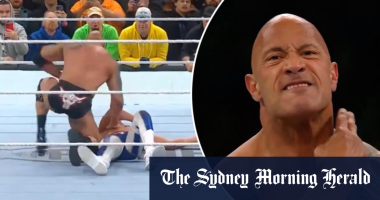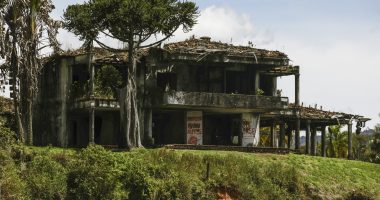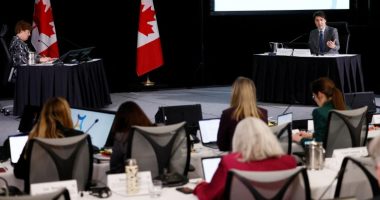
Three of Sydney’s wealthiest private schools received double the federal funding they were entitled to last year under the official resource standard, new data shows, despite the introduction of reforms to tackle overfunding.
Under the current school funding agreement, struck in 2019, the commonwealth is meant to contribute 80% of the Schooling Resource Standard (SRS) for private schools, while state and territory governments are responsible for the remaining 20%. The split is reversed for public schools.
Figures outlined in a Senate estimates briefing released under freedom of information show four in 10 (1,150) private schools were overfunded by the commonwealth in excess of the agreed 80% level last year, to the tune of $2.5bn.
Northern Beaches Christian School, St Augustine’s College and MLC School, all in Sydney, were funded at 171%, 160% and 158% of the SRS respectively, about double the 80% they should have received from the commonwealth. That equated to about $13.6m of overfunding in a single year.
In total, almost 40 schools received more than $2m more than budgeted in their commonwealth share of funding, including prestigious institutions Loreto Kirribilli and Normanhurst, the Council of Newington College and St Aloysius’ College, also in Kirribilli.
Penleigh and Essendon Grammar School and Haileybury in Melbourne and St Augustine’s College in Sydney all received more than $5m in overfunding.
Separate figures show that public schools’ total funding – from the commonwealth and states and territories – averaged just 92% of the SRS.
The federal government has until the end of the decade to bring all nongovernment schools down to 100% of the total SRS, with funding to increase for public schools during the same period.
But despite historical funding inequities between the public and private sector, the total increase in commonwealth funding from 2023 to 2024 remained lower for public schools (4.1%) compared with Catholic schools (4.3%) and independent schools (5.8%).
The deputy president of the Australian Education Union (AEU), Meredith Peace, said if the federal government could afford to spend billions overfunding private schools for the next four years it could afford to lift its investment in public schools.
Victoria, New South Wales, South Australia and Queensland have been lobbying the commonwealth to increase its public school funding share from 20% to 25% in order to meet state shortfalls.
“Just 1.3% of public schools are fully funded right now and they must be properly resourced to be able to meet the significant challenges we face in education,” Peace said.
“We have a teacher shortage crisis, a serious decline in student wellbeing and widening achievement gaps between students from different backgrounds and locations.”
Because the freedom of information figures only include the funding private schools receive from the commonwealth, and does not capture state and territory money, they likely underestimate the true level of overfunding.
after newsletter promotion
The latest data, provided by education departments to the National School Resourcing Board, showed all states and territories excluding the Northern Territory funded private schools in excess of 20% in 2022.
The education minister, Jason Clare, said he was working with his counterparts to prioritise getting all public schools to their “full and fair” funding level, noting the rate of commonwealth funding was linked to a surge in private school enrolments.
“Most nongovernment schools are at that level now,” he said. “Those schools that are above that 100% Gonski level are on a track to come down automatically.”
“The negotiations we’re having now are about how we fill the public school funding gap.”
But according to the Australia Institute, tax concessions provided to private schools to build expensive facilities were a large driver of continued overfunding.
The postdoctoral research manager at the institute, Dr Morgan Harrington, said the amount private schools were spending on luxurious amenities and high salaries was of “great concern”.
“The current system is unbalanced and unsustainable,” he said.
“Much of this spending is not part of core educational requirements. Removing tax concessions for private school building funds and requiring greater transparency in reporting will reduce inequities and make private schools more accountable for the public money they receive.”
Read More: World News | Entertainment News | Celeb News
Guardian







